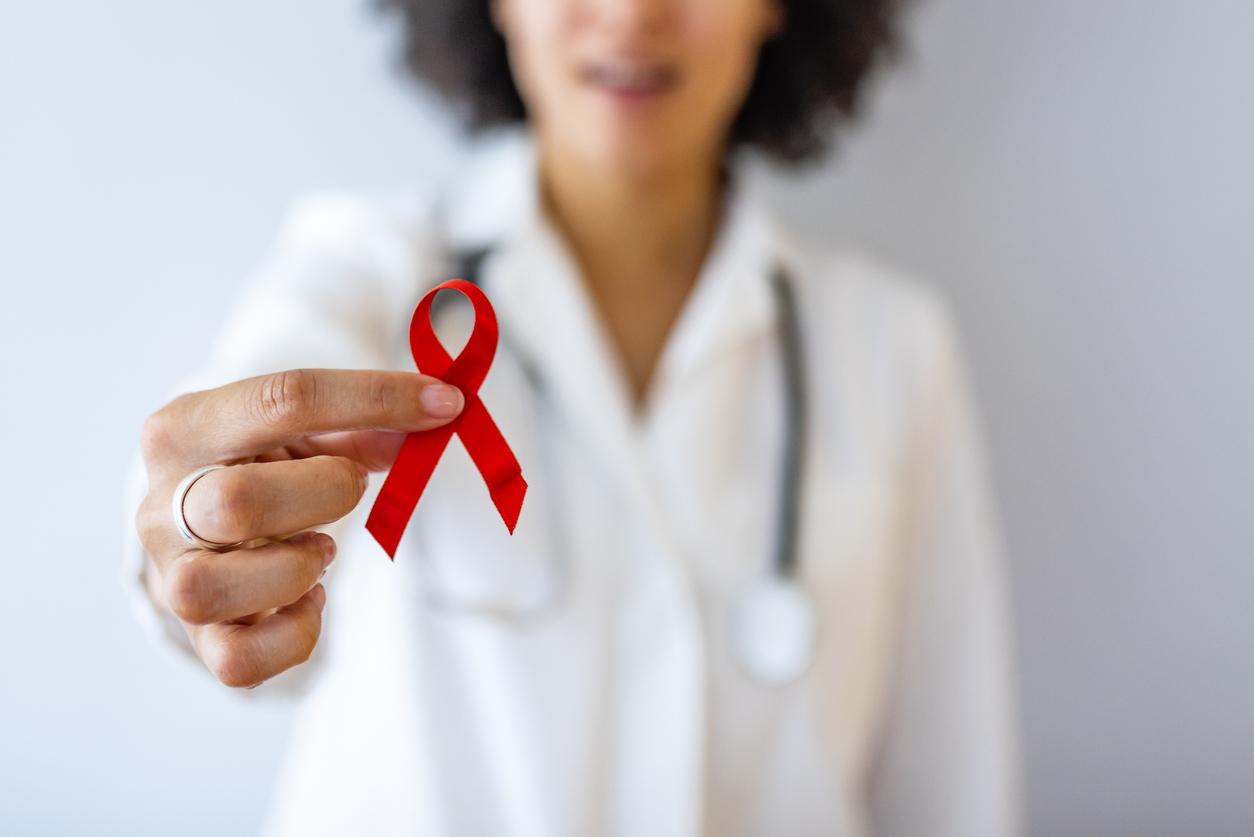Each year, nearly 3,000 women under 40 are diagnosed with breast cancer, warns the Institut Curie as Pink October approaches. It is often ignored that young people can also be affected by the disease.

Each year in France, breast cancer affects 54,000 women and kills 11,886. While the average age of diagnosis is 63, nearly 3,000 women diagnosed each year are under 40, which most people ignore. This is why, on the occasion of the annual campaign against breast cancer, Pink Octoberwhich begins on October 1, the Curie Institute wishes to inform French women about the risks among young women. In a press release published on September 20the first European center for the management of breast cancer deplores the lack of knowledge of the general public “even health professionals” of the signs of breast cancer in people under 50 who, unlike their elders, do not benefit from automatic screening .
The word cancer is, after all, often associated with people over the age of 50. Also, it often happens that young women do not worry about unusual lumps in their breasts or refuse to think about them. “If benign tumors are the most common breast abnormalities in young women, breast cancer also exists before the age of 40. We must therefore be vigilant in the face of any abnormality occurring in the breasts, regardless of age”, warns, however, Dr. Florence Coussy, gynecological oncologist at the Institut Curie.
Apart from genetics (predisposition linked to BRCA gene mutations), the main risk factors for young women are hormonal causes. The latter are linked to a late first pregnancy and early menstruation, which therefore increases the period of hormonal impregnation and consequently the risk of breast cancer.
“Many other factors add up and are not specific to young women: lack of physical activity, overweight, environment, tobacco, alcohol…”, explains Professor Jean-Yves Pierga, head of the Department of Medical Oncology at the Curie Institute. But “young women, who consume more alcohol that previously are not necessarily aware that it is a risk factor”, he specifies, adding that alcohol would increase the level of estrogen playing a role in the development of cancer cells breast.
Soon a personalized screening?
It is also regularly proven by science that, as with many diseases, adopting a healthy lifestyle (doing physical activity, eating a balanced diet or even reducing alcohol consumption) reduces the risk of developing breast cancer. breast.
In order to give “new impetus” to breast cancer screening, the European Union has just financed the launch of a new study. The latter will be conducted to compare a personalized screening strategy according to the risk to the standard screening currently in force. The trial will be conducted among 85,000 volunteers aged 40 to 70 recruited in France, Belgium, Israel, Italy and the United Kingdom. These participants will be divided into two groups.
The first will follow the standard breast cancer screening in force in their country (a mammogram every two years in France) while the second will be part of the personalized screening. The latter, based on the individual risk of breast cancer, will consist of a saliva test to identify the genetic risk and a communication visit to inform about the risks. A personalized screening schedule will then be given to the patient. If the risk is low, the latter will be offered a mammogram every four years. If it is moderate, it will be suggested to him to undergo this examination every two years, every year in the event of high risk and every year accompanied by an MRI until the age of 60 in the event of very high risk.
“The idea is to offer screening, no longer according to age, but according to the individual risk of developing breast cancer”, explains the Institut Curie. The objective is therefore to “offer surveillance adapted to each”.
Later diagnosis when the disease occurs during pregnancy
Indeed, being medically monitored and informed of the existing risks is essential to avoid a late diagnosis. Because, as in all cancers, being treated late reduces the chances of survival for women with breast cancer, especially for those with triple negative breast cancer, the most aggressive. However, the latter, which represents 15 to 20% of cases of breast cancer, is overrepresented before the age of 40, warns Curie. But young women are especially affected by hormone-sensitive forms of breast cancer. “Hormone treatment can take a more specific form, the type of hormone therapy being adapted to the patient’s menopausal status or not”, explains Florence Coussy.
Finally, women with breast cancer before the age of 40 can become pregnant during their illness, which further complicates the situation. “Their diagnosis is later (the breasts evolving during pregnancy, we do not always make the link with a tumor) and the aggressive forms are overrepresented”, note the specialist.
Remember, however, that breast cancer today has a rather good prognosis for young women. The survival rate for those under 45 is thus estimated at 90% at five years. At the global level, all is not so gloomy either. After doubling between 1980 and 2005, the incidence of breast cancer now seems to be in a stabilization phase. Moreover, mortality has not increased since the 1980s and, at present, more than three out of four breast cancers are cured.

.

















